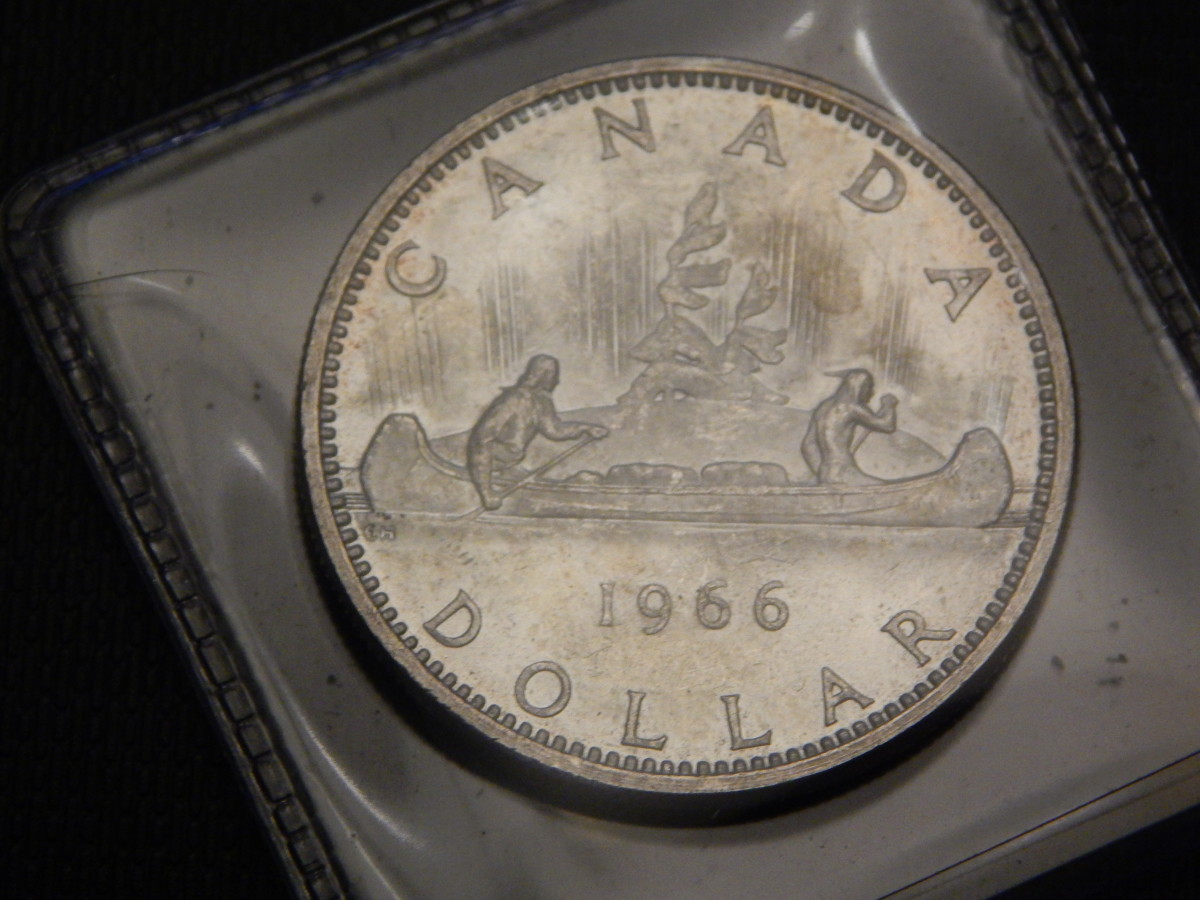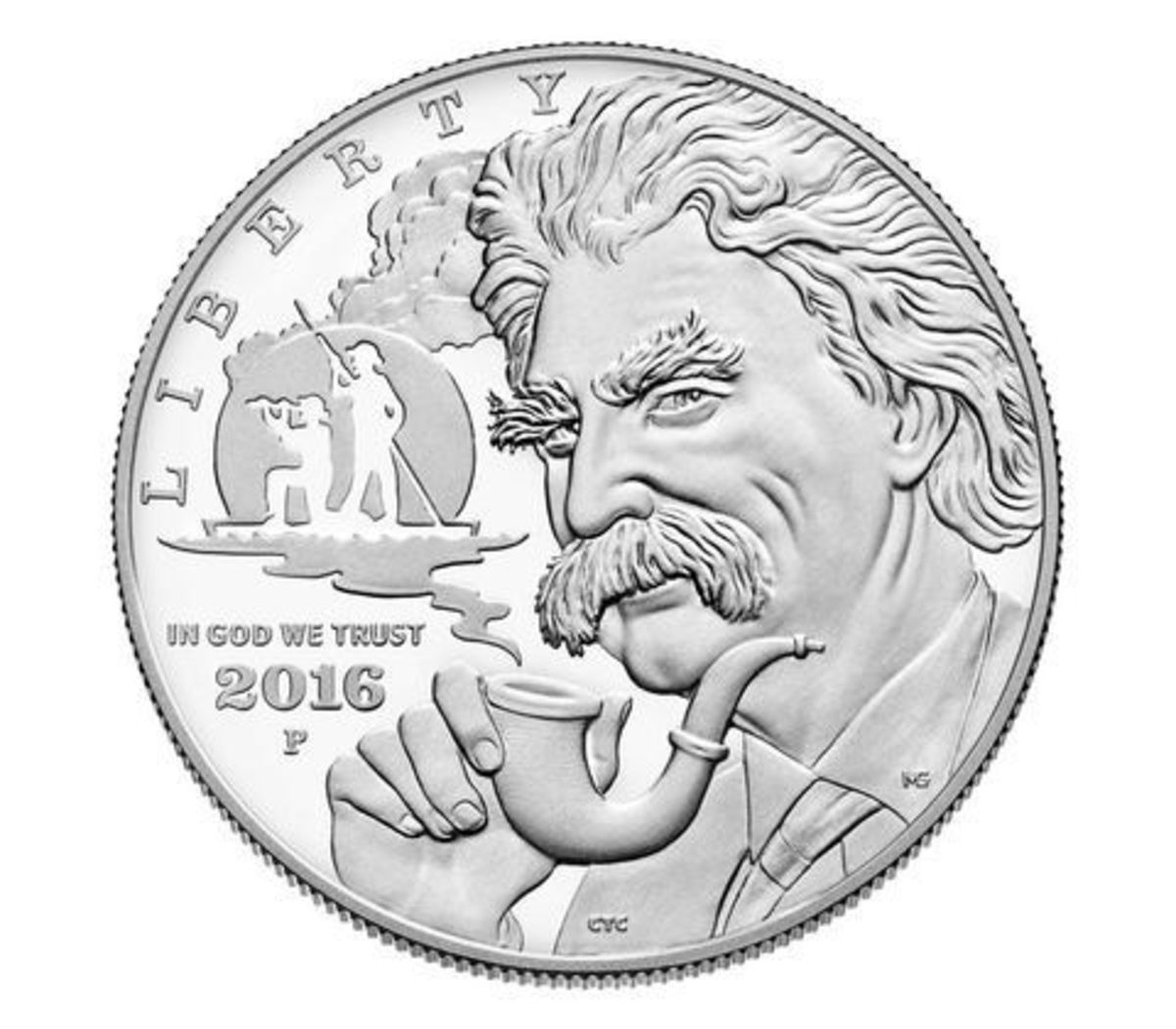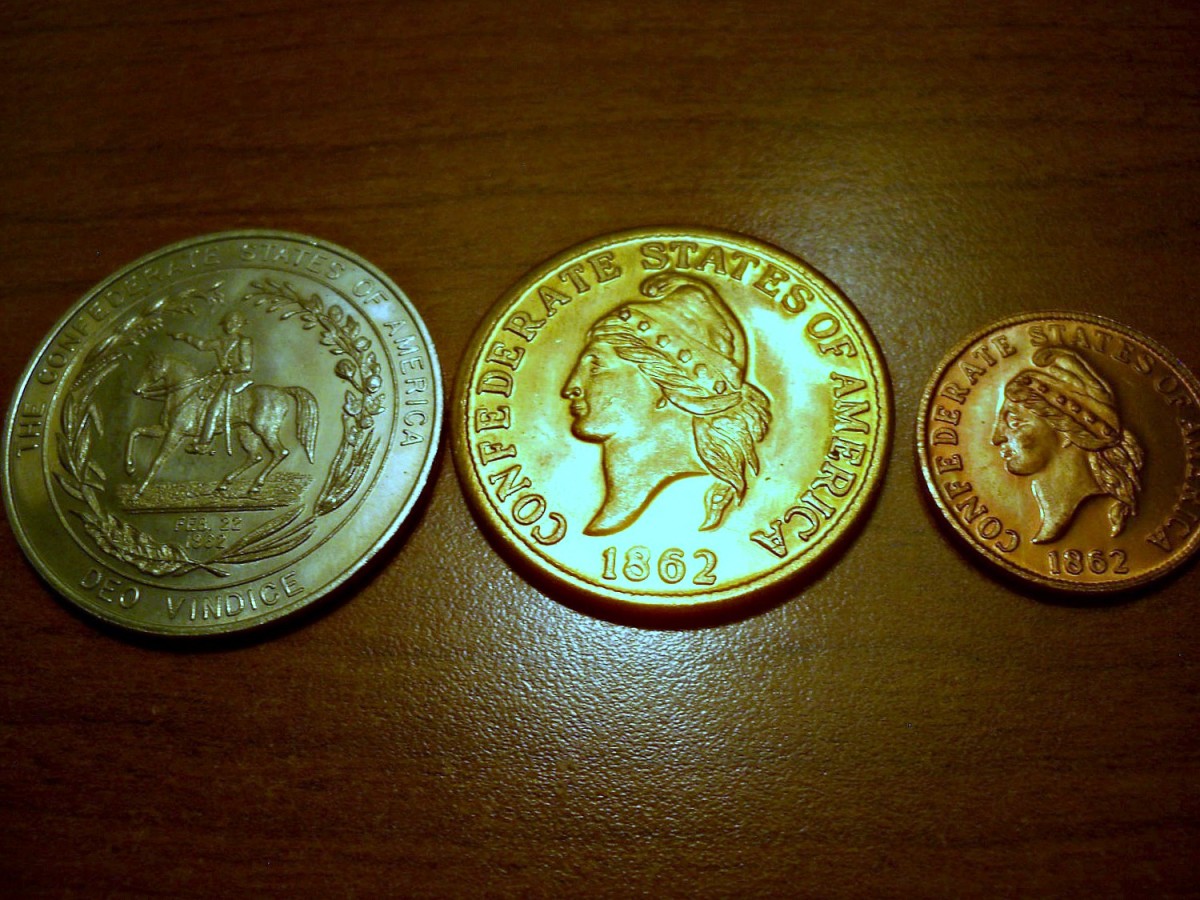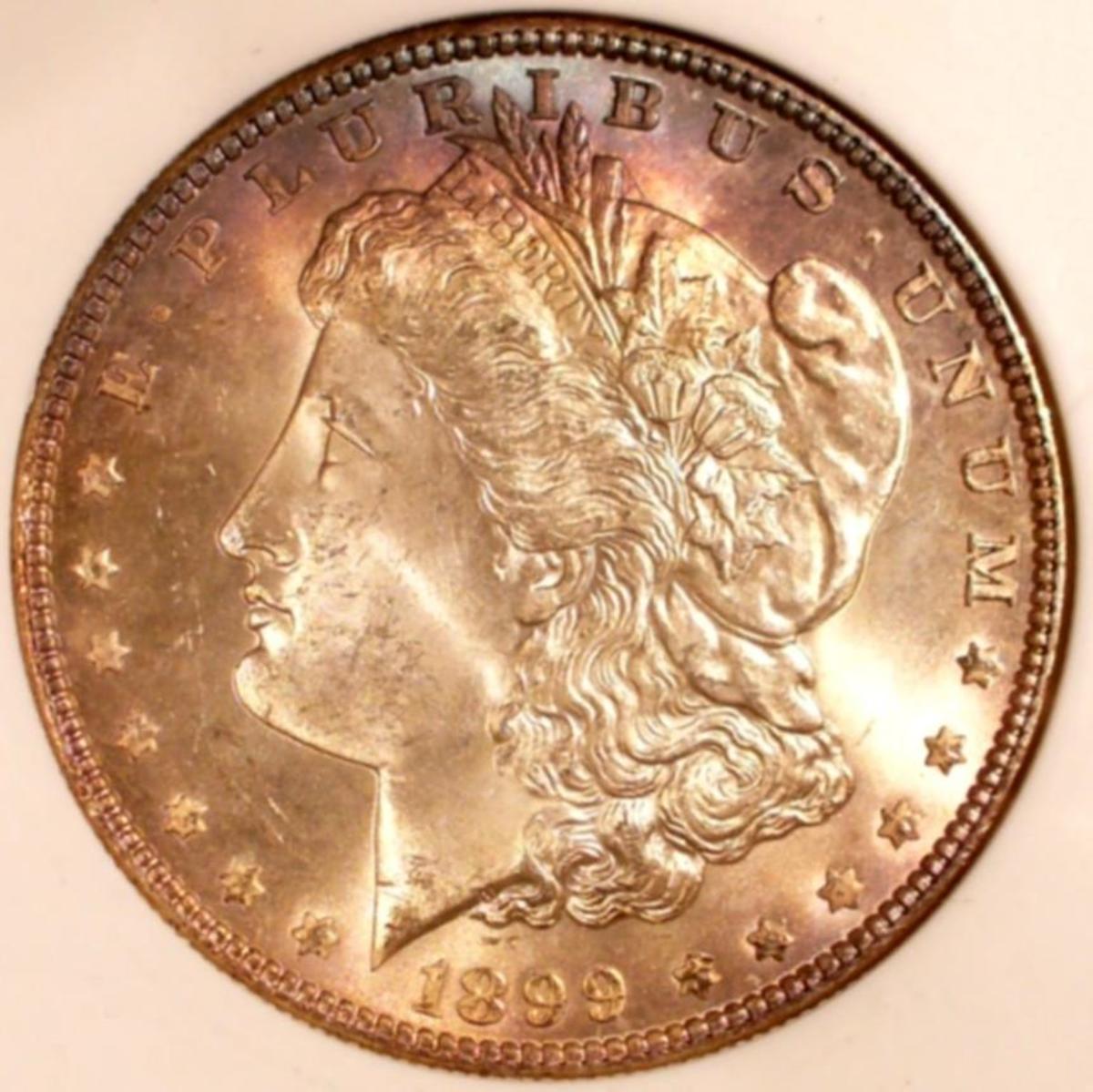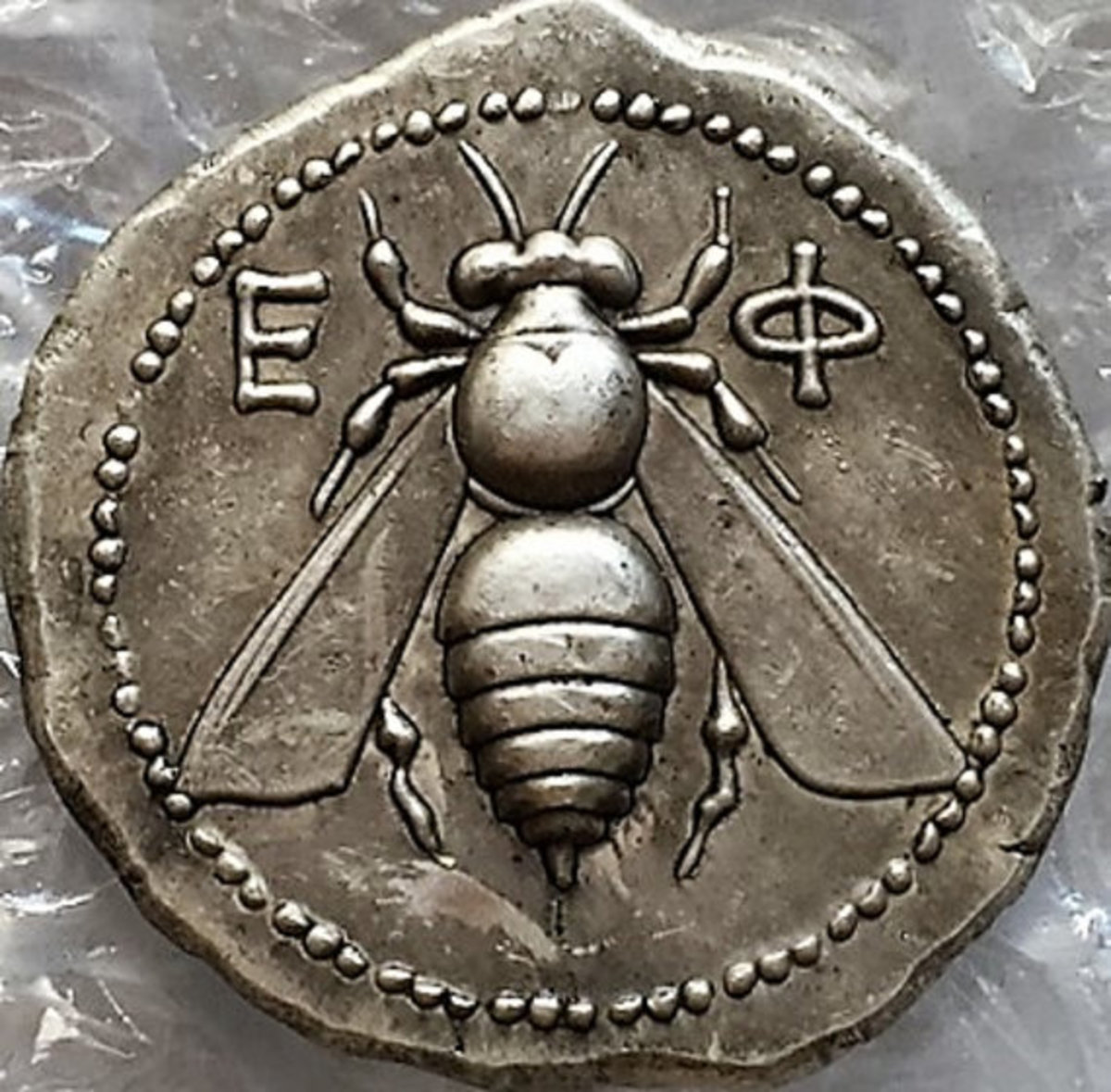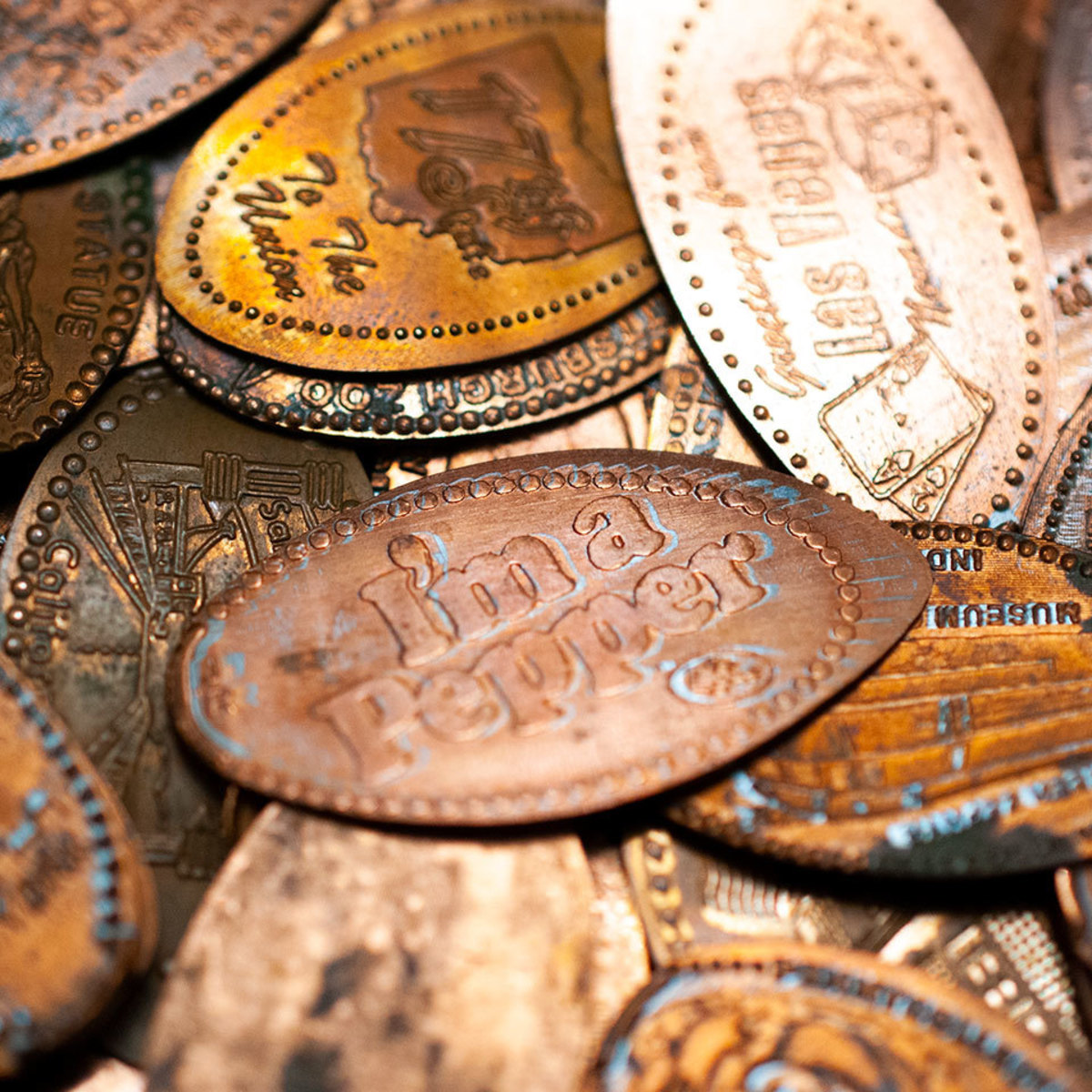Silver Trade Dollars Facilitated 19th century Asian Trade
The Spanish Piece of Eight Forebear of Modern Currency
No other currency captures the imagination like the currency of the Spanish Empire. Treasure Ships sailing the Carribbean full of Gold Doubloons running foul of pirates and storms. Divers discovering the treasures centuries later.
Spains most significant contribution to modern currency is however not the doubloon. It is the piece of eight. The piece of eight was the original trade dollar. It became the benchmark for international trade and eventually the US dollar. Silver was smelted and beaten into rolls approximately 38mm thick. The rolls were then sliced creating the blanks for the coin. The minter would then strike a die onto the front and back of the blank with a hammer creating the coin.
Mexico became independent in 1821 and continued to issue Mexican coinage using Spanish methodology. The Mexican eight reale coin became an international trading coin in its own right and eventually became the Mexican Peso.
US Trade Dollars
The US government in the late 1860s was faced with a problem. SIlver dollars were being hoarded in the post civil war domestic market. Citizens were eager to offload excess paper currency of questionable value. The US was awash with Silver after the discovery of the Comstock lode. Silver miners were allowed by law to deposit silver with the government to be converted into silver coins and exchanged. The preferred coin for the miners was the silver dollar and mintages went through the 1 million mark in 1871 and 1872.
In 1873 a coinage act was passed suspending production of silver dollars. The miners were stuck with abundant silver and no market to sell it into. Particularly as Germans were dumping silver on the market after Chancellor Otto Von Bismark adopted a gold standard in 1871.
The miners pressured congress into finding a new outlet for their silver. The obvious market was China which had shown a preference for trading in silver previously. At that time most trade with China was settled with Spanish and Mexican currency. To win the market over the Americans decided on a slightly higher silver content for the trade dollar. It contained 420 grains at 900 fine (90% silver) of silver compared to the 412.5 of the US seated Liberty Dollar and 416 for the Mexican Peso. The Peso however had a higher fineness and actually contained slightly more silver. For this reason the Chinese preferred to trade with the Mexican coin and although some 27 million trade dollars found their way overseas they were not as successful as was hoped for.
The Zenith of the trade dollar came when it was made legal tender in the US. When silver prices plunged in 1876 the coin was dumped on the US market as it was worth more as currency then as bullion. Merchants began to stop accepting trade dollars ar accepted them at closer to bullion value. Workers who had been paid in trade dollars and then had trouble spending the coin that no one wanted.
The US trade dollar was minted from 1873-1885 in the Philadelphia ("P" Mintmark), Carson CIty ("CC" Mintmark) and San Francisco ("S" Mintmark) Mints. Some 36 million coins were produced although a significant number have found their way to the melting pot. Production after 1878 was restricted to proof issues
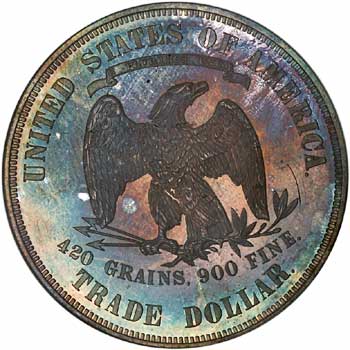
British Trade Dollars
The British trade dollar was established to facilitate trade in the orient. Britains newer colonies in Singapore and Hong Kong were awash with foreign coins as a result of booming trade in Opium, tea, silk and porcelain. The British wanted to reduce the dependancy on foreign coinage. The British trade dollar was minted from 1895 to 1935 at London (no Mint Mark), Bombay ("B" mint mark) and Calcutta ("C" mint mark).
Japanese Trade Dollar
The Japanese Trade Dollar was produced from 1875 to 1877. 2,736,000 coins were produced at the Osaka and Tokyo mints. The coins were produced for use in Taiwan, Korea and SOuthern Manchuria. When Japan adopted the gold standard in 1897 all silver coinage was demonetized.
French Piastre De Commerce
Simiarly to the US, British and Japanese examples above the French introduced a silver Piastre de commerce to their colonies in Indo-China in order to establish uniformity and stability. The Piastre initially had a silver content of 24.4935 grams of pure silver which was the same content as the Mexican Peso and its forebear Spanish piece of eight. In 1895 the silver content was reduced to 24.3 grams.
French Indo-China remained on the silver standard until 1920 when silver prices boomed after world war 1. It was then placed on a movable peg to the French Franc which itself was on a gold standard. In 1885 fractional coins were introduced and in 1892 1 Piastre banknotes were introduced. Thus a trade dollar had become a regional currency.
The Modern "Trade Dollar"
In response to the GFC central bankers around the world responded with excessively easy monetary policy. This had the effect of significantly increasing supply and devaluing paper money. Holdings of Physical Gold and Silver became popular once again. Many can't afford to buy gold but almost everyone can afford one ounce silver coins. Whilst it appears highly unlikely, Mintages of these coins increased dramatically to keep up with demand and websites abounded touting the end of global currencies. Some of the diehards are filling their bank vaults and bunkers with beans, shot guns and silver dollars!


